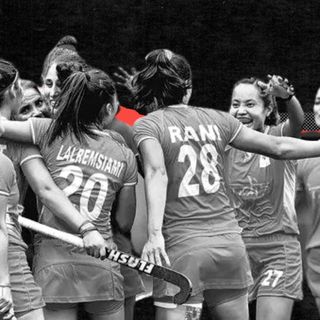What does “Sixteen Candles,” a 1984 movie, have in common with “Austin Powers,” a spy action film? Both feed into the trend of stereotyping Asian and Pacifical Islanders (API) in cinema. A new study shows how almost half the Asian characters in the entertainment industry are used for comedic effect, marring authentic representation in the industry and beyond.
The report, released this week by the Geena Davis Institute on Gender in Media, looked at the ways popular movies between 2010 and 2019 have used API characters based on stereotypes and prejudices. Tropes like the “bad driver,” “nerd,” or the “exotic women” work to objectify and cast API people as outsiders.
The issue of using Asian storylines for comic effect was also raised by cast members of “Kim’s Convenience” recently, who objected to denigrating storylines and lack of diversity in the show.
The findings add to a growing body of evidence of how pop culture carves harmful perceptions of Asians of all racial groups. The one-dimensional, flattened portrayals are linked to real-life racism and violence, a trend also evidenced by the rise in anti-Asian attacks during the pandemic.
Moreover, only 4.5% of the main cast members in the movies analyzed were API; and three-fourths of these characters were limited to supporting roles.
“That just speaks to the lack of authority that Asians have to be able to tell their own stories in Hollywood and the kind of trope of using Asian as objects,” sociologist Nancy Wang Yuen, who was not involved in the study, told NBC Asian America.
The researchers looked at the depictions in movies and also surveyed 329 Asian Americans in the entertainment industry to put the findings into context. Notably, almost 93% agree that API representation on screen is inadequate. More than 75% said they have felt tokenized, and 81% said they had experienced racism at work — with people confusing them for another Asian person or even assuming they don’t speak English.
Related on The Swaddle:
‘The Simpsons’ Actor Who Voiced Apu Apologizes to Indians for Stereotypical Portrayal
South Asian women don the framings of the “exotic seductress”; East Asian women take on the derogatory mantle of “lotus blossoms” — innocent girls who are sexually available. Even “dragon ladies” figures every now and then, with women purportedly using their femininity to deceive men.
And while women are often fetishized, only 21.6% of main API characters are seen as sexy. These characters are often verbally objectified and draped in hypersexual clothing, more so than their white or non-Asian counterparts. Importantly, this has a deleterious effect on how women perceive themselves.
“We have the intersection of racism and sexism for Asian women who aren’t just disempowered but also exploited,” Yuen said. “It’s really hard for young Asian women to see themselves as leaders or as anything more than that especially when these images have an impact on the way they’re treated in society.”
South Asian men, on the other hand, are faithfully retired to the nerd, geek stereotype — fitting the bill as the IT worker. Others take on the job of the “shop owner,” with Apu in “The Simpson” being a notable example. These seemingly innocuous representations feed into the othering of API individuals.
To create authenticity on screen, more diverse individuals need to be involved behind the scenes. The study cited the example of “Never Have I Ever,” which has an Indian main character. Moreover, casting more API actors in “authentic and leading roles,” along with debunking the “model minority” stereotype, can also go a long way.
“Let API characters be dynamic, funny, flawed, and messy, and avoid reinforcing common tropes or stereotypes,” the researchers wrote. As many respondents note, the desire is to see API characters beyond their identity or immigrant experience — but instead, reflecting their “whole selves.”




